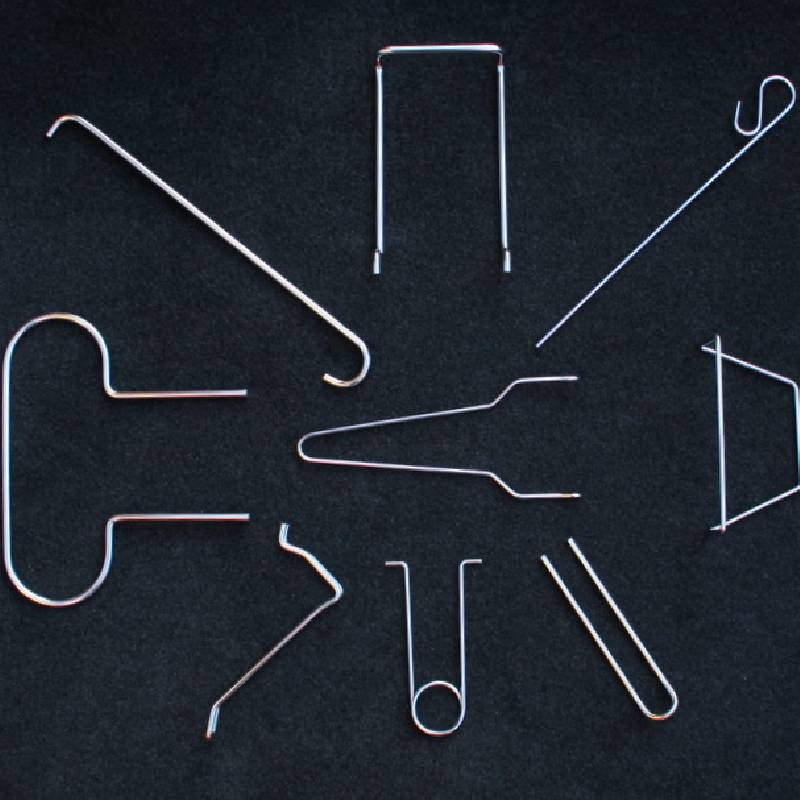
- Mobile Phone
- +8613931874955
- sales@cntcmetal.com
horizontal joint reinforcement for cmu
Horizontal Joint Reinforcement for CMU Enhancing Structural Integrity
Horizontal joint reinforcement is a vital component in the construction industry, particularly when working with Concrete Masonry Units (CMUs). As demand for robust, durable structures continues to rise, understanding the significance of joint reinforcement becomes crucial for architects, engineers, and builders alike.
CMUs are widely utilized due to their strength, versatility, and cost-effectiveness. However, without proper reinforcement, these masonry walls can be susceptible to cracking, shifting, and even failure under certain loads. Horizontal joint reinforcement plays a critical role in mitigating these risks, ensuring the stability and longevity of masonry structures.
One of the primary purposes of horizontal joint reinforcement is to provide lateral support. This type of reinforcement helps distribute loads more evenly across the wall, reducing stress concentrations at joints where blocks meet. By embedding steel reinforcements within the horizontal joints of CMUs, builders can significantly enhance the wall’s resistance to various stresses, including those from wind, earthquakes, and other environmental factors.
horizontal joint reinforcement for cmu

Additionally, horizontal joint reinforcement aids in controlling crack formation. When CMUs expand and contract due to temperature fluctuations or moisture changes, horizontal reinforcement helps maintain alignment and integrity. This is particularly important in climates that experience significant temperature variations, where unreinforced walls may develop unwanted cracks that compromise structural performance.
The installation of horizontal joint reinforcement is relatively straightforward, making it an efficient choice for enhancing masonry construction. Typically, it consists of steel rods or strips that are placed in the mortar joints between CMUs at regular intervals. The recommended spacing often follows local building codes and engineering guidelines, ensuring that the structure meets safety standards.
It is essential for contractors to carefully consider the type and frequency of horizontal joint reinforcement based on the specific requirements of each project. Factors such as the height of the wall, the type of loading it will experience, and local seismic considerations all play a role in determining the appropriate reinforcement strategy.
In conclusion, horizontal joint reinforcement is a critical aspect of constructing resilient CMU structures. By providing additional strength and stability, this reinforcement technique mitigates the risk of structural failure, enhances durability, and contributes to the overall safety of the built environment. As construction practices evolve and the demand for higher performance structures grows, integrating effective reinforcement solutions like horizontal joint reinforcement will become increasingly essential for engineers and builders aiming to achieve lasting quality in their projects.
share:
-
Yard Sign Stakes: Reliable Guardians of Outdoor SignsNewsAug.04,2025
-
Wall Ties: Invisible Guardians of Building StabilityNewsAug.04,2025
-
Resilient Web: The Super Guardian Power of Concrete MeshNewsAug.04,2025
-
Masonry Accessories: A versatile assistant on building foundationsNewsAug.04,2025
-
Iron Binding Wire: the 'invisible reinforcement specialist' in the fields of architecture and industryNewsAug.04,2025
-
Dynamic Spring: The diverse functions and excellent performance of Wire Tension SpringNewsAug.04,2025
-
Your Source for Concrete Wall Ties and Masonry AccessoriesNewsJul.10,2025



















